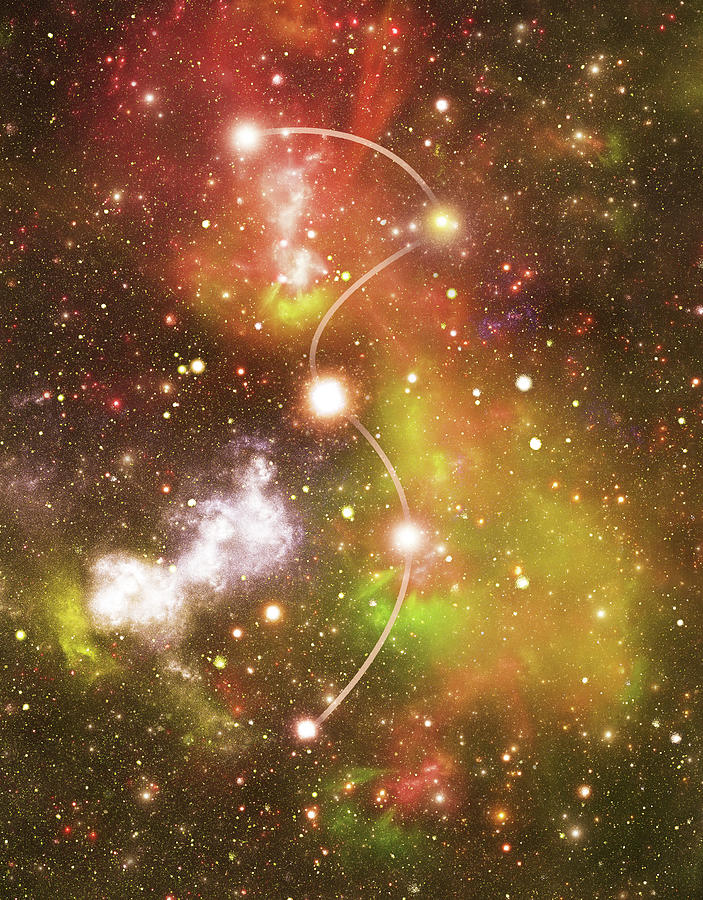
In addition to the visible stars, one can find many intriguing objects within the Andromeda constellation that are only visible with telescopes or binoculars. Three of these stars are brighter than magnitude 3.00, which puts them into the top 100 brightest stars in the sky. The Andromeda Constellation contains nine main named stars, according to Constellation Guide (opens in new tab). (Image credit: Stub Mandrel) (opens in new tab) Stars of the Andromeda constellation Mirach is one of the brightest stars of the Andromeda constellation. Fortunately, the charming prince Perseus flew past on his winged horse Pegasus and fell in love with Andromeda's beauty. So, the loving parents had their daughter chained to a rock by the sea, so that the sea monster could get her easily. It was said, however, that sacrificing Andromeda could save the country and its people. When her mother bragged that Andromeda was better-looking than the famously beautiful Nereid sea nymphs, the sea god Poseidon sent his pet sea monster Cetus to destroy Cepheus' kingdom. In ancient Greek mythology, Andromeda was a beautiful daughter of the king Cepheus and queen Cassiopeia.

The figure's "head" connects the constellation to the neighboring square of Pegasus. The figure's feet point in the direction of the Perseus constellation, right next to Cassiopeia. With a bit of imagination, you can see the constellation as a sprawled figure with its arms extended. The pronounced W-shaped Cassiopeia constellation points directly at Andromeda.
#Cassiopeia constellation how to
(Image credit: IAU) (opens in new tab) How to find the Andromeda constellationĪndromeda is part of a big prominent group of constellations named after mythological figures related to the Perseus and Andromeda myth.

The position of the Andromeda constellation among the other constellations named after characters related to the Perseus myth. and moves along the northwestern horizon, according to Planet Guide. From December to January, Andromeda rises at around 6 p.m. From October to November, it emerges in the eastern sky at around 8 p.m.
:max_bytes(150000):strip_icc()/sol-cassiopeia-5af84867a9d4f9003659f267.jpg)
local time, then gradually rises overhead. In the Northern Hemisphere, Andromeda is best observed from August to February, while in the Southern Hemisphere, the visibility period is much shorter, from October to December, according to PlanetGuide (opens in new tab).įrom August to September, in the Northern Hemisphere, Andromeda emerges on the north-eastern horizon at about 10 p.m. (The 40th parallel south lies just below the southern tips of Africa and Australia and crosses the southernmost part of South America). At about 40 degrees south latitude it disappears completely, according to EarthSky (opens in new tab). The Andromeda constellation can be best viewed from the Northern Hemisphere, as it moves lower toward the horizon the farther south you stand. When to observe the Andromeda constellation


 0 kommentar(er)
0 kommentar(er)
